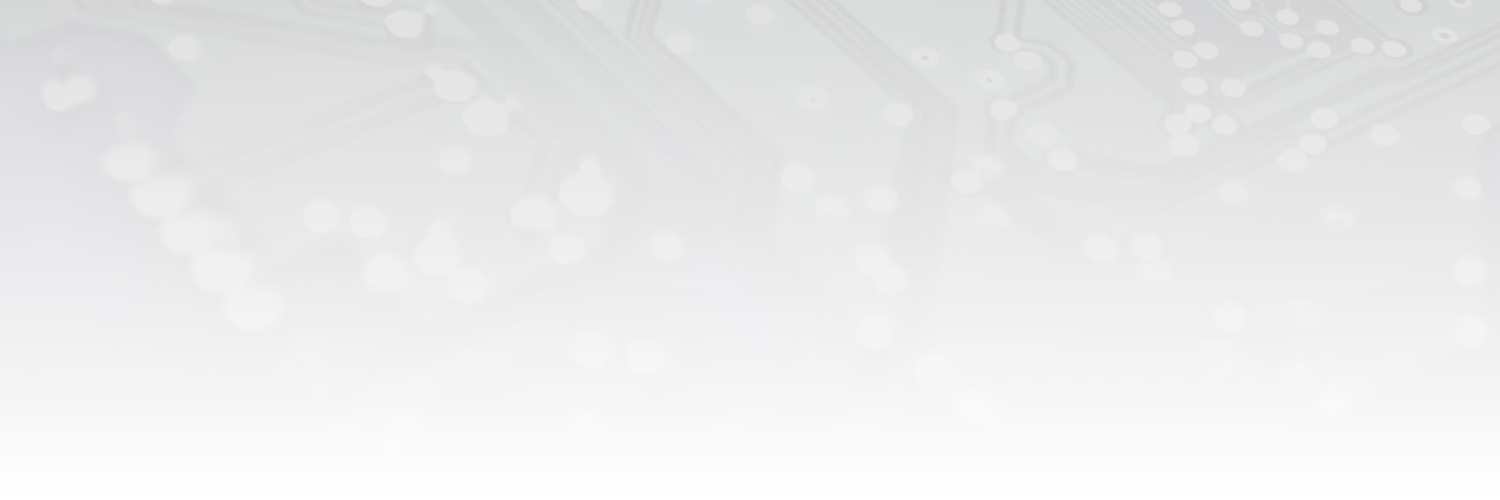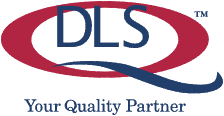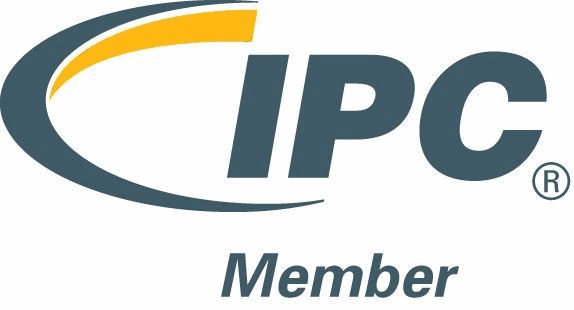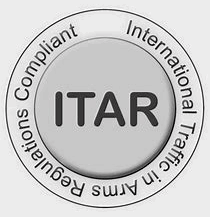Damage control is a hot topic within the PCB assembly and manufacturing industries. Specifically, it is incredibly important for assembly companies to factor in potential moisture risks when working with printed circuit board designs. From shipping to end-use, there are countless ways that moisture can be introduced to a PCB’s environment and lead to damage. Learn more about how MPL and other PCB assemblers deal with moisture by reading further:
Packaging Strategies for Dealing with Moisture
Barrier Thickness
While different packaging barrier materials will offer different levels of protection, one remains true regardless of material type: thicker materials will provide greater levels of protection from moisture. Thinner materials can often be used when the PCB order will be used immediately upon arrival, but if it is expected that the product will remain in storage for longer amounts of time, it may be prudent to opt for thicker barrier materials.
In addition to the material thickness of shrink wrapped barriers, it is also useful to double wall the shipping boxes containing PCB assemblies. Double walled shipping boxes and their laminated coverings add another layer against the elements.
Avoiding Sharp Edges and Compromised Seals
In addition to making sure that shipments of PCB assemblies are wrapped in materials that uphold to the appropriate amounts of thickness, it is also important to verify that packaging seals are not compromised. One of the most common reasons that moisture proofing fails is because the seal has been broken by sharp edges. If sealing is not done with care, the shrink wrap may become damaged, rendering the protective strategy useless. Because of this, it is important to have inspection processes in place to ensure the packaging process is successful.
Use of Desiccant
Desiccant is a material used to absorb moisture from the environment around it. Because shrink wrap cannot eliminate 100% of the moisture in the air, desiccant is typically used in conjunction with shrink wrap. This additional moisture-proofing measure is the key to avoiding damage even when initial barriers have been compromised.
Movement Reducing Padding
Shrink wrapped packages of PCB assemblies can be further protected by being packaged using movement reduction strategies. Boxes that are padded using a combination of foam, bubble wrap, corrugated cardboard, and other materials are at an advantage because these packages reduce the likelihood that shrink wrap will be affected and compromised during shipments. A weight limit on box contents can also improve the movement conditions of PCB shipments.
Highest Levels of Moisture Protection
In cases where the utmost moisture protection is needed, there are packaging options that provide almost complete vapor barriers. These packaging materials are called moisture barrier bags. While MBBs provide the highest levels of protection against moisture, the reason that many companies opt to not use them is because these products are more expensive than alternative moisture-proofing techniques. If the assembly in question is highly susceptible to moisture, however, it can be the right strategy to invest in.
MPL Invests in the Best Moisture Proofing Strategies
Even though boards are typically delivered wrapped in protective barrier materials, there are few barriers that can be fully relied upon for complete moisture protection, which is why it is crucial for manufacturers and assemblers to implement multiple moisture-proofing procedures simultaneously.




